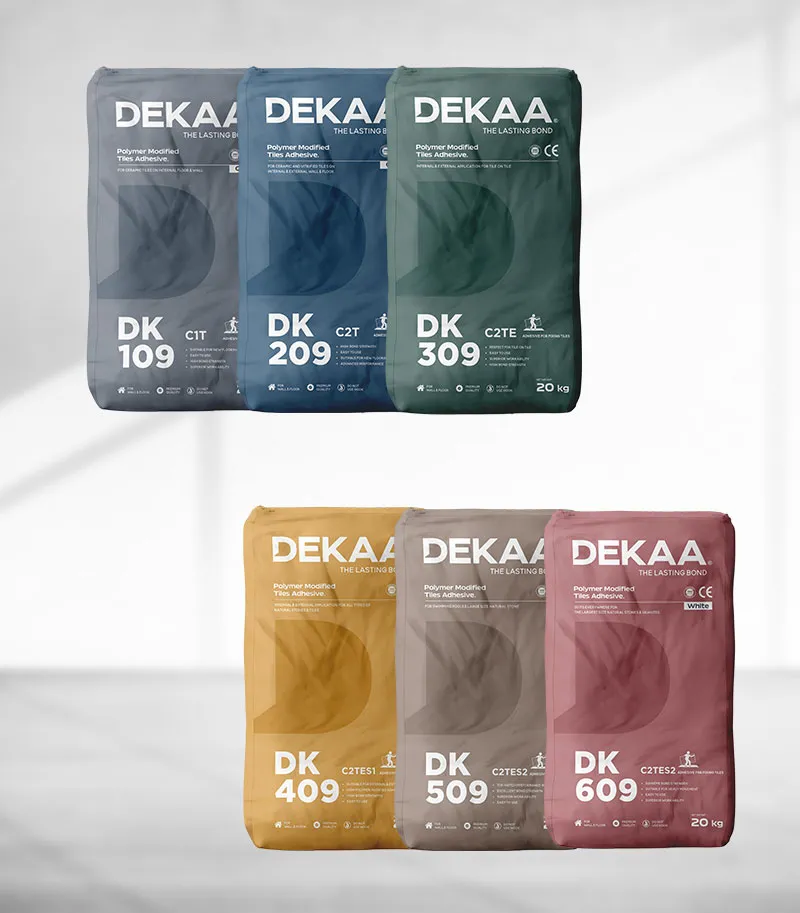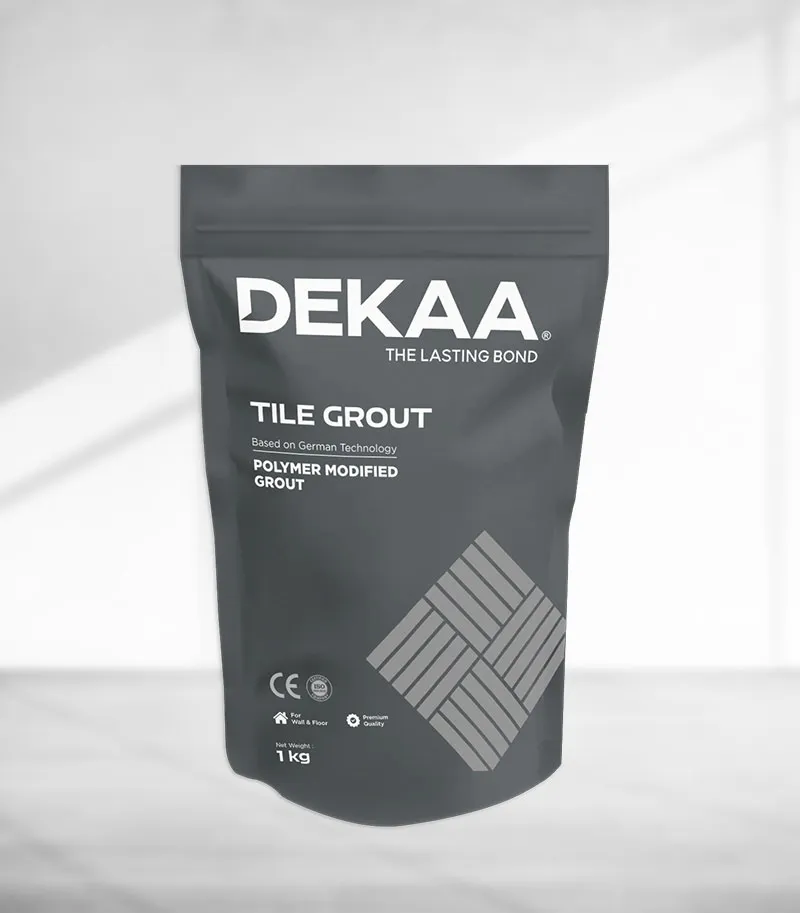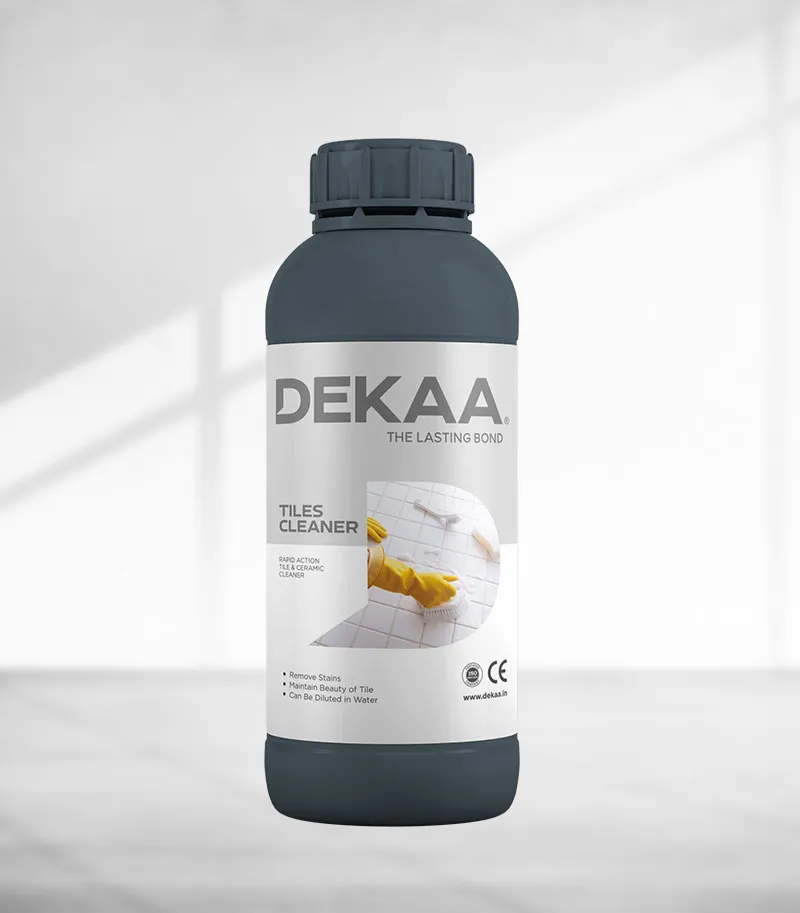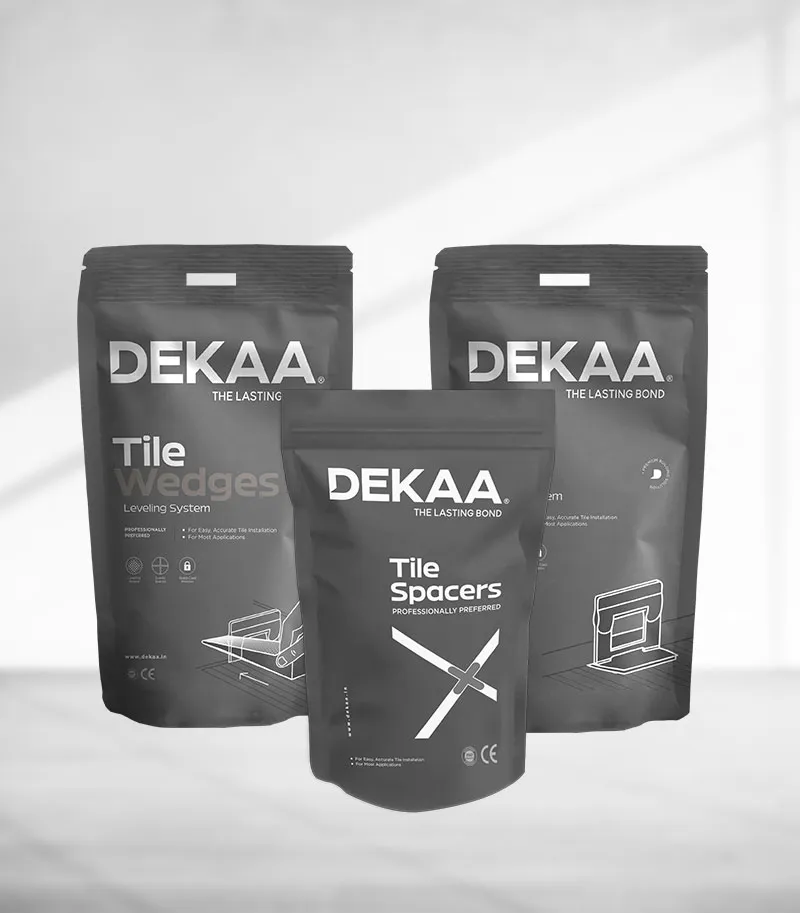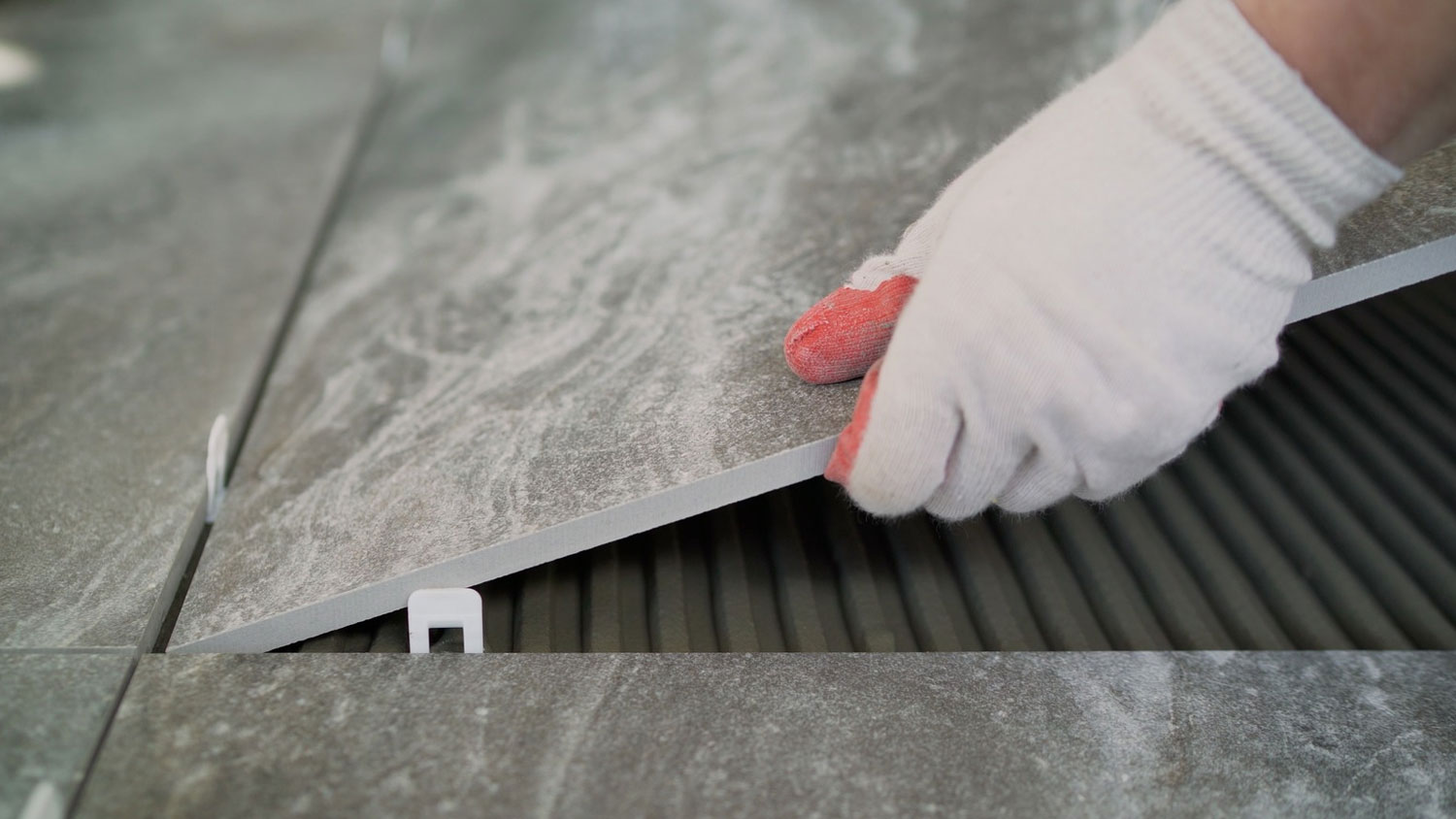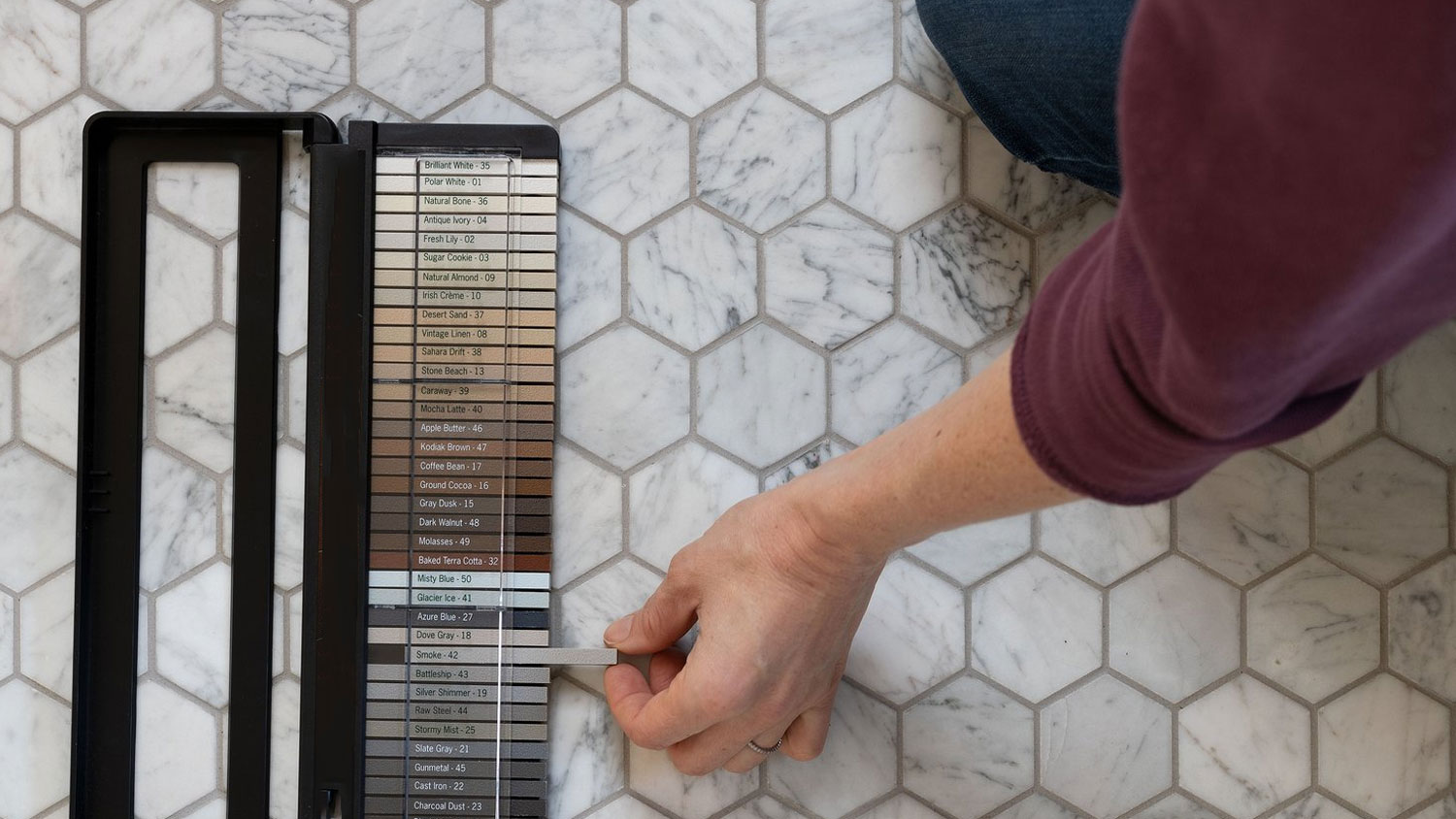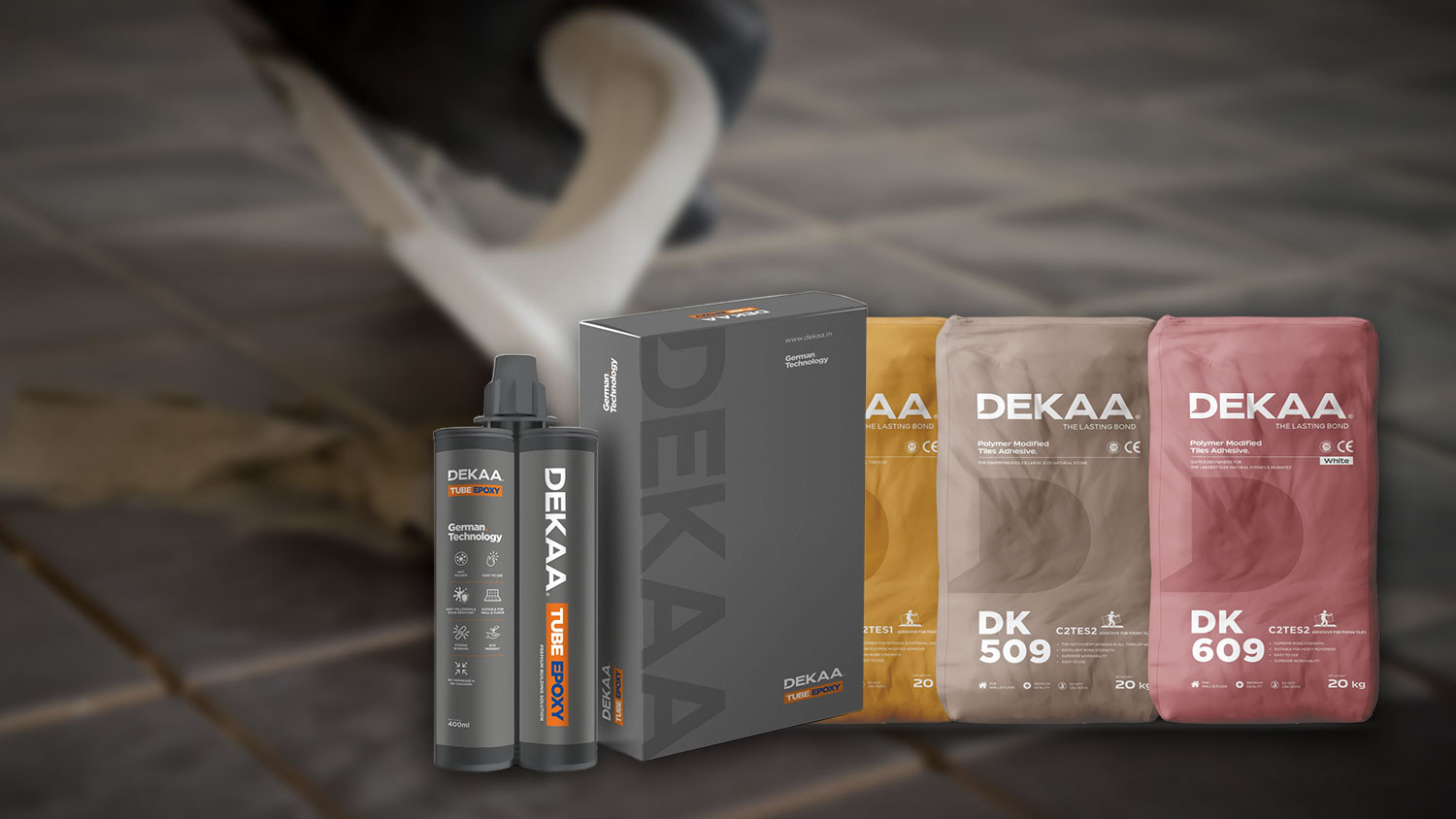
Choosing the Right Adhesive and Grout for Different Tile Types
When it comes to tiling a space, the adhesive and grout you use are just as important as the tiles themselves. The right adhesive ensures your tiles stay in place, while the correct grout enhances the overall aesthetics and durability of your installation.
Selecting the right adhesive and grout for different tile types can significantly affect the longevity and look of your project. This guide will help you choose the ideal adhesive and grout for various tile types, ensuring a flawless and lasting result.
Choosing the Right Adhesive
Selecting the right adhesive is crucial to ensuring that your tiles stay in place for the long term. Here are some factors to consider when choosing adhesives for different tiles:
1. Tile Porosity
Porous tiles (like natural stone and cement tiles) require adhesives with high bonding strength to compensate for their absorbency. Non-porous tiles (such as porcelain and glass) require adhesives that can form a strong bond without excess moisture.
2. Type of Installation
For wall installations, lighter adhesives with good tack may be sufficient, whereas floor installations often need adhesives with higher bonding strength to support heavier loads.
3. Tile Size
Larger tiles, especially porcelain or stone, need a thicker adhesive layer for proper coverage and adhesion. Thin-set mortar is often the best choice for larger tiles.
4. Environmental Considerations
For wet areas like bathrooms or kitchens, it’s crucial to choose a waterproof adhesive. Some adhesives are specifically designed for use in high-moisture environments and offer additional resistance to mold and mildew.
Choosing the Right Grout
Once you’ve selected the ideal adhesive for your tile type, the next step is choosing the grout. Grout fills the gaps between tiles and enhances the final look of your installation. It also plays a key role in protecting the tiles and providing structural stability.
1. Cement-Based Grout
Cement-based grouts are commonly used for most tile types, including ceramic, porcelain, and natural stone. They are durable and offer a variety of colors to match your design. However, cement-based grout requires sealing to protect against stains and moisture.
2. Epoxy Grout
Epoxy grout is a more advanced option that offers superior resistance to stains, moisture, and mold. It is ideal for areas that see a lot of moisture, such as showers and kitchens. However, it’s more challenging to apply, so it’s often used by professionals.
3. Sanded vs. Unsanded Grout
Sanded grout contains fine sand particles and is best for tiles with wider grout lines (typically 1/8 inch or more). Unsanded grout is smoother and is ideal for tiles with narrow grout lines (less than 1/8 inch), such as intricate mosaics or delicate tiles like glass.
4. Color Selection
When selecting grout color, consider both aesthetics and functionality. Lighter grout colors can brighten up a space and make the tiles stand out, while darker grout colors can create a more dramatic, cohesive look. It’s also important to choose grout that complements the tile color and design.
Choosing the right adhesive and grout for different tile types is essential to ensuring a successful tile installation. By considering the specific requirements of each tile type—whether it’s ceramic, porcelain, natural stone, glass, or cement—you can select adhesives and grouts that provide superior bonding strength, durability, and aesthetic appeal.
By taking these factors into account, your tiling project will not only look great but will also stand the test of time. Whether you’re a DIY enthusiast or a professional installer, understanding the nuances of adhesive and grout selection will ensure your tile installation is flawless and long-lasting.


